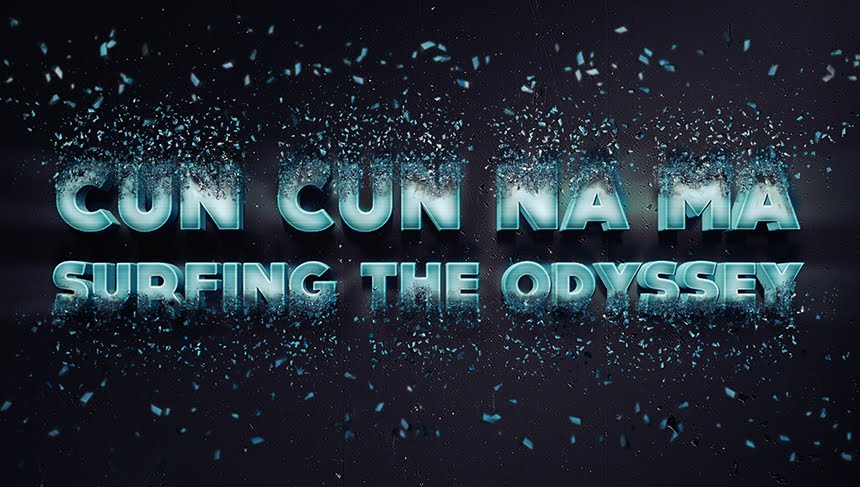Howdy people...
October 1, 2016 Update:
Sorry for being absent for a while, part of it was due to a very nice Indian Summer and discovering a new beach about 2 clicks from home. So now that I have worked up a bit of a tan, I am happy to inform you all that I am back, tons of stuff ready to post, And that I finally resolved the situation of my faulty hard drive and got myself a nice new 8 tb server for the house, Spent most time this week transferring from the Data DVD's I had as backup (It takes a while and a shitload of discs to back up 6tb)... Once this is done I will close shop for a little while as far as new posts go and concentrate on reuploading all the dead links, It will be much easier having it all on one drive than to have to sift thru a gazillion backup DVD's... wish me luck and happy music hunting y'all... o yeah! and Shanah Tova to my Jewish friends around the world!
From now on lets use this sticky post for all requests and re-post notices, So that I can keep better track of it, and get stuff done... Thanks a lot!
When notifying about a dead link, please include te link to the actual post, because that would make my work a lot faster (And I mean A LOT). Thanks in advance to all the dudes and dudettes helping out!
Thanks a lot for all the encouraging messages and anonymous goodies! (I really appreciate it).
































